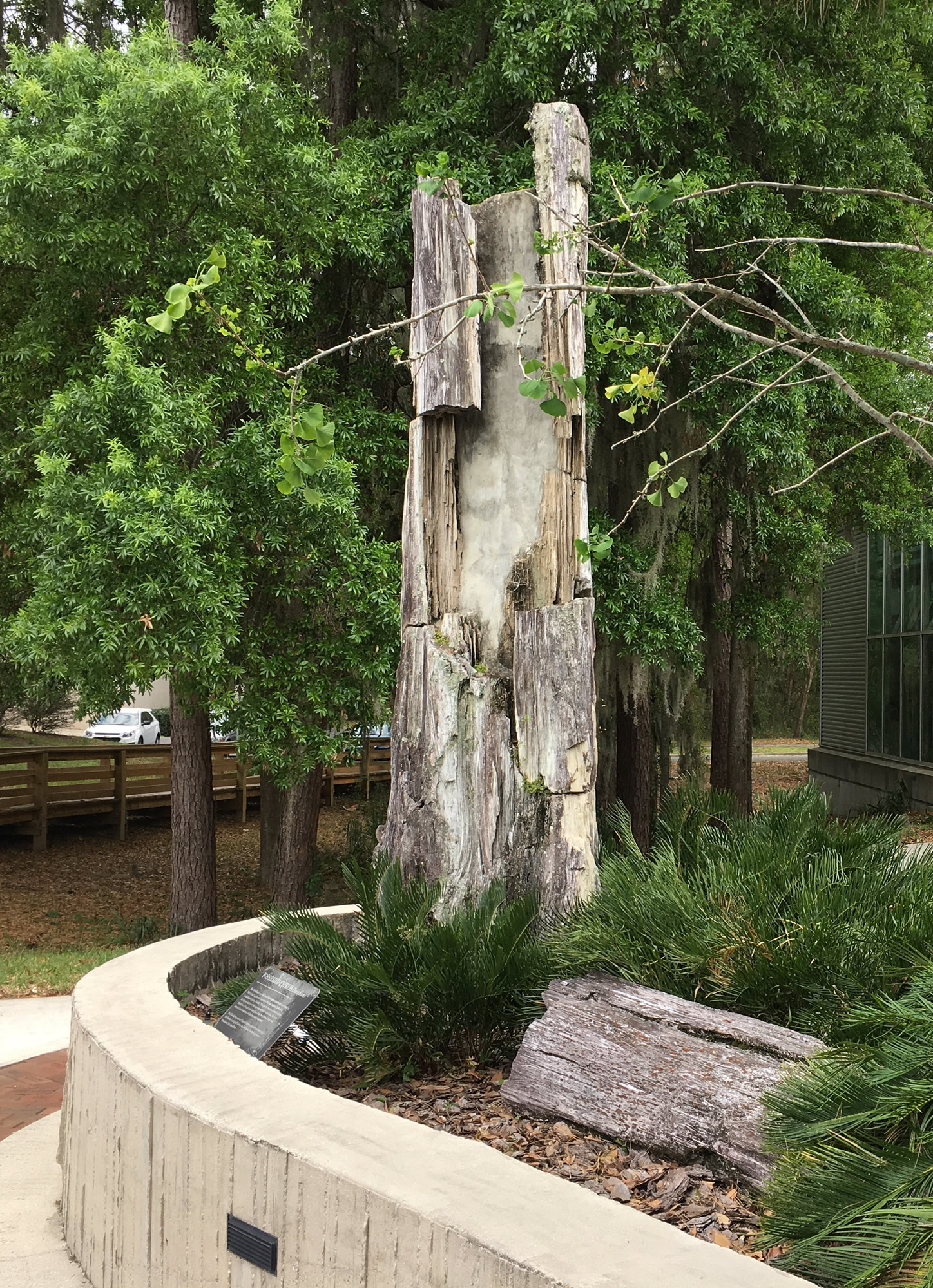Living Fossil Plants, Enhance Your Garden

Living Fossil Plants: Enhance Your Garden with Prehistoric Beauties
Ever thought of giving your modern garden a prehistoric twist? Living fossil plants, also known as fossil flora, are the perfect way to enhance your garden aesthetics with a touch of ancient charm. Let's dive into the fascinating world of these rare plants and explore how they can transform your contemporary garden into a stunning, timeless oasis.
What are Living Fossil Plants?
Living fossil plants are species that have remained relatively unchanged for millions of years. They're like real-life time machines, offering us a glimpse into the prehistoric era. These plants have survived mass extinctions and climate changes, making them some of the toughest green thumbs around.
Why Choose Prehistoric Plants for Your Modern Garden?
Incorporating living fossil plants into your garden design isn't just about creating a unique aesthetic. It's also about cultivating a sense of history and resilience. Plus, these plants are often low-maintenance, having adapted to survive in various conditions over millennia.
Top Picks: Prehistoric Plants for Your Garden
Ginkgo Biloba
The Ginkgo Biloba, or maidenhair tree, is one of the most well-known living fossil plants. It's been around for over 270 million years, making it older than dinosaurs! This tree is incredibly hardy and can thrive in a variety of conditions, making it a great choice for both novice and experienced gardeners.
Cycads
Cycads are another excellent choice for adding a prehistoric touch to your garden. These palm-like plants have been around since the age of the dinosaurs and come in a variety of sizes and shapes. They're also incredibly low-maintenance, requiring minimal water and care.
Ferns
Ferns are a fantastic way to add some lush greenery to your garden. These plants have been around for over 360 million years and come in a wide range of varieties. Plus, they thrive in shady areas, making them perfect for those tricky spots where other plants won't grow.
Designing Your Garden: Incorporating Fossil Flora
When it comes to designing your garden with living fossil plants, there are a few things to consider. First, think about the overall aesthetic you want to achieve. Are you going for a lush, prehistoric jungle? Or a more minimalist, modern look with a few statement pieces?
Creating a Prehistoric Aesthetic
To create a prehistoric aesthetic, consider planting your fossil flora in dense clusters to mimic the lush, wild growth of ancient forests. You can also incorporate other natural elements like rocks, water features, and wood to enhance the primordial vibe.
Modern Garden Design with a Prehistoric Twist
If you prefer a more modern look, consider using living fossil plants as statement pieces. A single Ginkgo Biloba tree, for example, can be a stunning focal point in an otherwise minimalist garden design.
Caring for Your Living Fossil Plants
While living fossil plants are generally low-maintenance, they still require some care to thrive. Make sure to research the specific needs of each plant, including sunlight, water, and soil requirements.
Propagating Prehistoric Plants
Propagating living fossil plants can be a rewarding way to expand your garden and share these amazing plants with others. Many of these plants can be propagated from seeds or cuttings, but again, it's important to do your research to ensure success.
Where to Find Living Fossil Plants
Living fossil plants can be found at many specialty nurseries and online retailers. You can also check out the Royal Horticultural Society's list of living fossils for more information and inspiration.
The Benefits of Gardening with Prehistoric Plants
Gardening with prehistoric plants isn't just about creating a unique aesthetic. It's also about connecting with the past and cultivating a sense of history and resilience. Plus, these plants are often incredibly low-maintenance, making them a great choice for gardeners of all skill levels.
Conclusion
Incorporating living fossil plants into your modern garden is a fantastic way to enhance your garden aesthetics with a touch of ancient charm. From Ginkgo Biloba trees to lush ferns, these prehistoric beauties are sure to make a statement in any garden design. So why not give it a try? Your garden (and your inner paleontologist) will thank you!
FAQs
Q: What are living fossil plants? A: Living fossil plants are species that have remained relatively unchanged for millions of years. They offer us a glimpse into the prehistoric era and are known for their resilience and low-maintenance nature.
Q: Why should I choose prehistoric plants for my garden? A: Prehistoric plants are a great way to add a unique aesthetic to your garden while also cultivating a sense of history and resilience. Plus, they're often low-maintenance and can thrive in a variety of conditions.
Q: What are some examples of living fossil plants? A: Some examples of living fossil plants include Ginkgo Biloba trees, cycads, and ferns. Each of these plants has been around for millions of years and comes in a variety of sizes and shapes.
Q: How do I care for living fossil plants? A: While living fossil plants are generally low-maintenance, it's important to research the specific needs of each plant, including sunlight, water, and soil requirements.
Q: Where can I find living fossil plants? A: Living fossil plants can be found at many specialty nurseries and online retailers. You can also check out the Royal Horticultural Society's list of living fossils for more information and inspiration.
0 Response to " Living Fossil Plants, Enhance Your Garden"
Post a Comment